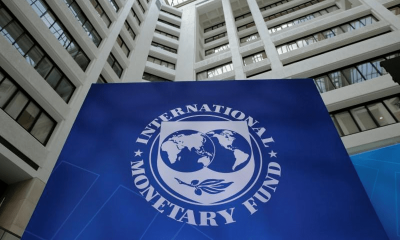
You must have read the comments by the International Monetary Fund (IMF) on the global economic environment. But have you wondered what it is?
IMF, a United Nations specialised agency, was created to secure international monetary cooperation, stabilise currency exchange rates, and expand international liquidity, which means getting access to hard currencies. Its headquarters is in Washington D.C.
Origin
The first half of the 20th Century saw two world wars that caused enormous impact on European economy and a Great Depression that brought economic devastation in both Europe and the U.S. These events led to the need for a new international monetary system while preserving each country’s ability to pursue independent economic policies.
In July 1944, the UN Monetary and Financial Conference was held in Bretton Woods, New Hampshire, the U.S. There delegates from 44 countries drafted the Articles of Agreement for a proposed International Monetary Fund that would supervise the new international monetary system.
After ratification by 29 countries, the Articles of Agreement entered into force on December 27, 1945.
The first meeting at the IMF headquarters was held in May 1946 and its financial operations began the following year.
Organisation
The IMF is headed by a board of governors and accountable to its 190 member-countries. The governors, who are usually their countries’ finance ministers or central bank directors, attend annual meetings on IMF issues. The day-to-day work is overseen by its 24-member Executive Board who meet at least three times a week. The Managing Director is the head of the IMF staff and Chair of the Executive Board. S/he is assisted by four Deputy Managing Directors. Kristalina Georgieva is the current Chairperson of the organisation.
Role
The IMF has three critical goals: furthering international monetary cooperation, encouraging the expansion of trade and economic growth, and discouraging policies that would harm prosperity.
One of its roles is to provide loans, including emergency loans, to member countries facing actual or potential balance of payments problems. It is to help the countries rebuild their international reserves, stabilise currencies, continue paying for imports, and restore conditions for economic growth, while correcting underlying problems.
It also monitors international monetary system and global economic developments to identify risks and recommend policies for growth and financial stability.
It provides technical assistance and training to governments, central banks, finance ministries, revenue administrations, and financial sector supervisory agencies. These training help countries tackle cross-cutting issues such as income inequality.
Picture Credit : Google




